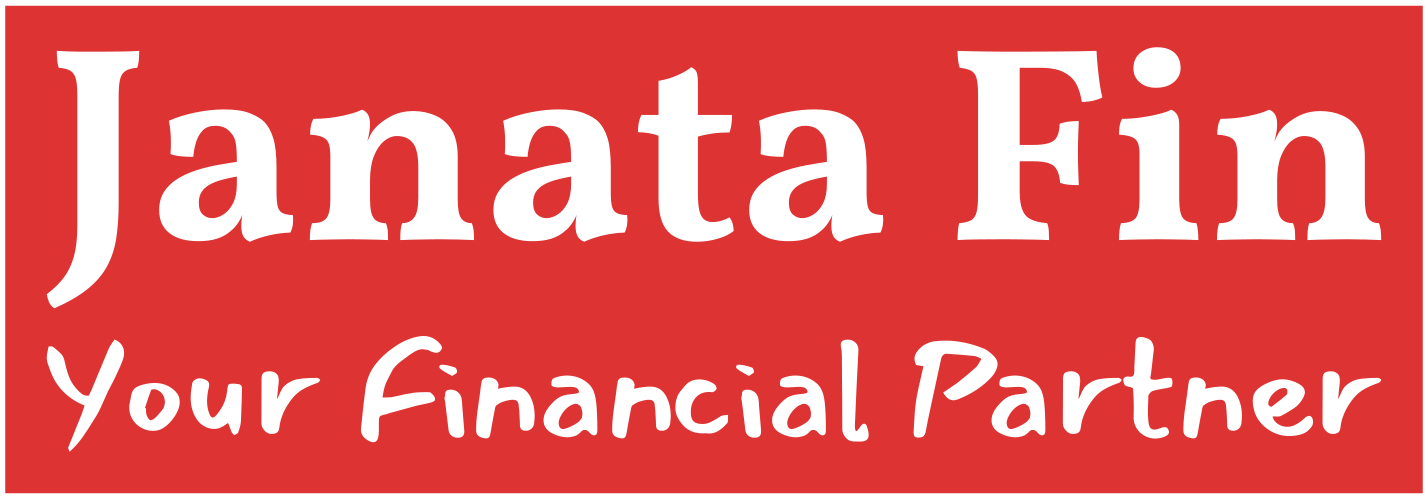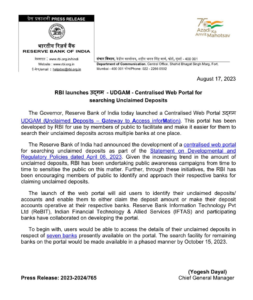Exploring the Convenience of Small Loans Online
Online small loans for bad credit with flexible repayment options. Get approved in 24 hours and get the cash you need fast.
In today’s digital age, the internet has revolutionized the way we manage our finances. One notable development is the availability of small loans online, which offer a quick and hassle-free solution to short-term financial needs. Get the Cash You Need Fast with Small Loans Online.
Learn more about small loans online, their benefits, application process, and considerations to keep in mind.
Table of Contents
- Introduction
- Understanding Small Loans Online
- Advantages of Small Loans Online
- Application Process
- Eligibility Criteria
- Documentation Requirements
- Interest Rates and Repayment Terms
- Ensuring Secure Transactions
- Choosing the Right Lender
- Comparison with Traditional Lending
- Impact on Credit Score
- Responsible Borrowing Practices
- Common Myths and Misconceptions
- Conclusion
- FAQs
Introduction
Life is full of unexpected expenses, whether it’s a medical bill, a car repair, or a last-minute travel plan. Small loans online have emerged as a convenient solution to address these financial gaps.
Understanding Small Loans Online
Small loans online are short-term financial products that allow individuals to borrow a relatively small amount of money. These loans are designed to provide quick access to funds for immediate needs.
Advantages of Small Loans Online
- Speed and Convenience: The online application process is quick and easy, allowing borrowers to apply from the comfort of their homes.
- Minimal Documentation: Compared to traditional loans, the documentation requirements for small loans online are often minimal, streamlining the application process.
- Flexible Repayment Options: Borrowers can often choose from a range of repayment terms that suit their financial situation.
- No Collateral Required: Many small online loans are unsecured, meaning borrowers don’t need to pledge collateral to secure the loan.
Application Process
Applying for a small loan online is a straightforward process:
- Choose a Lender: Research and select a reputable online lender that offers small loans.
- Fill Out the Application: Complete the online application form, providing personal, financial, and employment details.
- Submit Documentation: Upload necessary documents, such as identification, proof of income, and bank statements.
- Approval and Disbursement: Once approved, the funds are usually disbursed quickly, often within a few business days.
Eligibility Criteria
Eligibility criteria may vary between lenders, but common requirements include:
- Being a legal resident of the country.
- Meeting the minimum age requirement (Above 21 years old).
- Providing proof of a steady income source.
Documentation Requirements
Typically, you’ll need to provide the following documents:
- Identification: Passport, driver’s license, or other government-issued ID.
- Proof of Income: Pay stubs, bank statements, or tax returns.
- Bank Account Information: To facilitate fund transfers.
Interest Rates and Repayment Terms
Interest rates for small loans online can vary based on factors such as the lender, loan amount, and your creditworthiness. Repayment terms are usually short, ranging from a few weeks to a few months.
Ensuring Secure Transactions
When applying for small loans online, prioritize security:
- Secure Website: Ensure the lender’s website is secure (look for “https” and a padlock symbol).
- Privacy Policies: Review the lender’s privacy policies to understand how your data will be used and protected.
Choosing the Right Lender
Research different lenders, read reviews, and compare interest rates and terms to choose a reputable lender that suits your needs.
Comparison with Traditional Lending
Small loans online offer several advantages over traditional lending, including speed, convenience, and accessibility.
Impact on Credit Score
Responsible repayment of small loans can positively impact your credit score, demonstrating your ability to manage debt.
Responsible Borrowing Practices
- Assess Your Needs: Borrow only what you need to avoid overextending yourself.
- Read the Fine Print: Understand all terms and conditions before agreeing to the loan.
- Timely Repayment: Make repayments on time to avoid late fees and negative credit reporting.
Common Myths and Misconceptions
Addressing misconceptions, such as exorbitant interest rates and hidden charges, is important. Reputable lenders are transparent about their fees and terms.
Conclusion
Small loans online have transformed the lending landscape, providing individuals with a convenient way to address short-term financial gaps. However, responsible borrowing and thorough research are essential to making informed financial decisions.
FAQs:
-
- Can I get a small loan online with bad credit? Yes, some online lenders offer loans to individuals with less-than-perfect credit, although interest rates may be higher.
- How quickly can I receive the loan amount? The disbursement time varies among lenders, but it’s often within a few business days after approval.
- What happens if I can’t repay the loan on time? Late payments can result in additional fees and impact your credit score. Communicate with the lender to explore solutions.
- Can I apply for a small loan online without a bank account? Having a bank account is usually a requirement for online loan applications, as it facilitates fund transfers.
- Are small loans available for self-employed individuals? Yes, some lenders offer small loans to self-employed individuals, provided they can demonstrate a stable income source.

